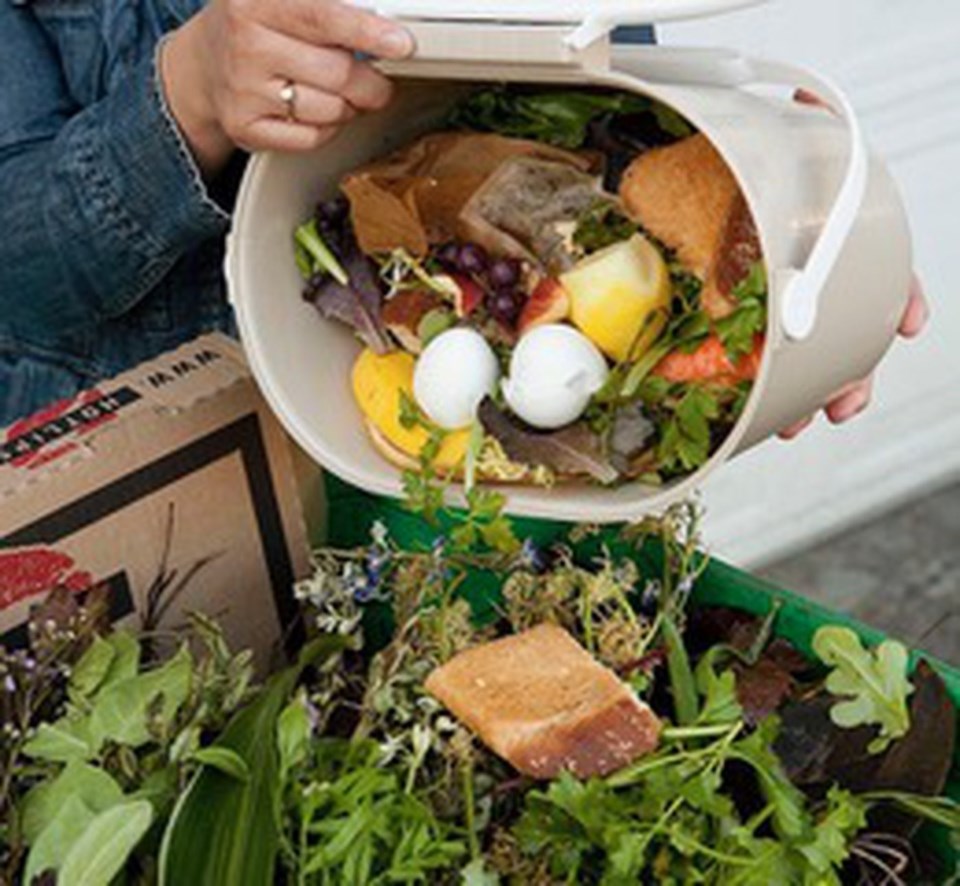Food could be a key in slowing climate change — if we change everything from how it’s grown, to what rots in our fridges.
The path of food from farm to fork and beyond is responsible for between 21 and 37 per cent of anthropogenic greenhouse gas emissions worldwide, a new report says.
The report, published last week by the UN Environment Program and three environmental organizations, found that transforming how we grow, eat and dispose of food could significantly reduce these emissions, but most countries have overlooked two key tactics: reducing food waste and changing diets.
“Food systems sit in a really interesting place,” said Sophia Murphy, a food systems and international economy expert with the International Institute for Sustainable Development.
“There are many aspects of the food system that are exacerbating climate change — and it’s somewhere we can do something to reduce emissions.”
If humans continue producing, eating and wasting food as we currently do, global food systems emissions are projected to almost double by 2050 — single-handedly putting us above the 1.5 C “safe” limit to global warming.
Warming above this threshold will have devastating consequences — more intense fires, droughts, floods, hurricanes and pandemics — with severe ecological and social repercussions.
Agriculture is Canada’s sixth-largest emitter of GHGs, with 87 per cent of these emissions going to crop and animal production in 2019, according to Statistics Canada. Household emissions accounted for roughly 19 per cent of the country’s total emissions in 2015.And the 35.5 million tonnes of food waste Canadians generate each year produce about 56.5 million tonnes of CO2 equivalent (the standard measure for greenhouse gases), according to a 2019 report by Second Harvest, an organization advocating for food waste reductions.
Eliminating carbon-intensive agriculture and land uses could reduce global emissions by 7.2 billion tons of CO2 equivalent a year — enough to charge 918 million smartphones, according to the U.S. EPA.
And reducing food waste and changing diets could reduce emissions by another 1.8 gigatons a year, the report notes. Combined, that’s enough to deliver 20 per cent of the global mitigation needed to keep global heating below 1.5 C, the number agreed upon in the 2015 Paris Agreement.
But most countries aren’t taking these steps, according to the plans they submitted to the UN under the 2015 pact.
“While many countries mention the agriculture sector in their (emissions reductions plans),” the UNEP report notes, “only 11 countries mention food loss in their (plans) and not one country makes reference to food waste.”
That includes Canada — at least for now.
The federal government has committed roughly $5.5 billion to emissions reductions programs in Canada’s agricultural sector, Agriculture and Agri-Food Canada wrote in an email.
In contrast, only $184 million has been committed to reducing food waste. Most of that funding will support the Food Policy for Canada, a plan to reform Canada’s food system, launched last year.
It's a start, and one that could hold hope if it’s pursued further.
“There are many ways to produce food, and they all have different implications,” Murphy, the food systems expert, said
The question is, which ones will we choose?



